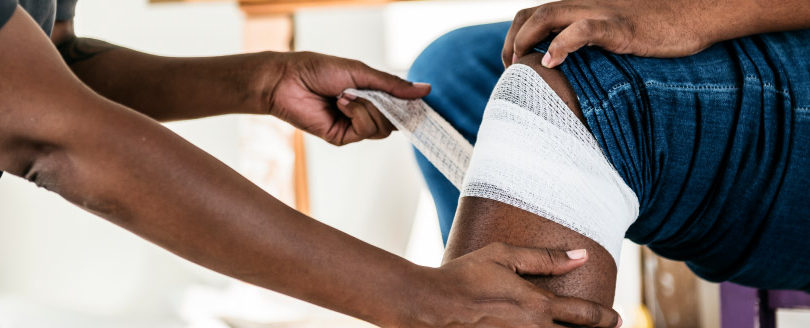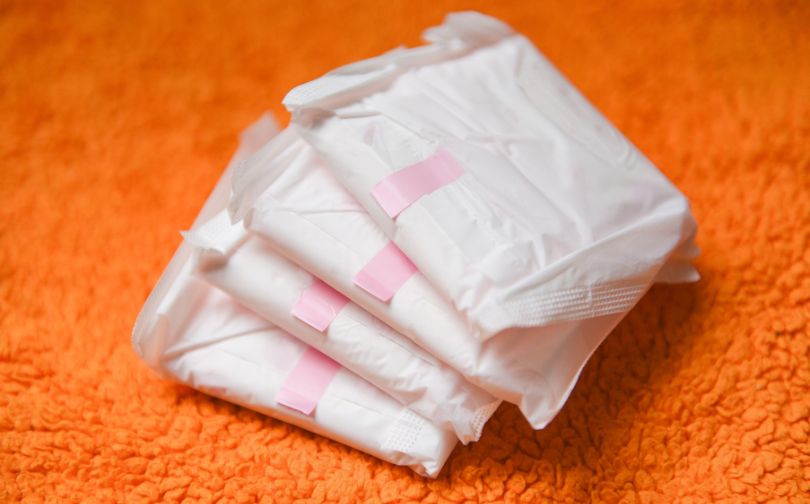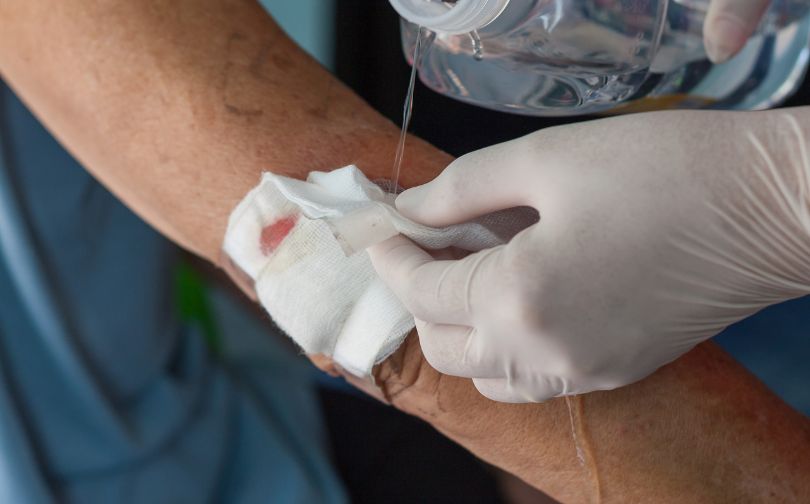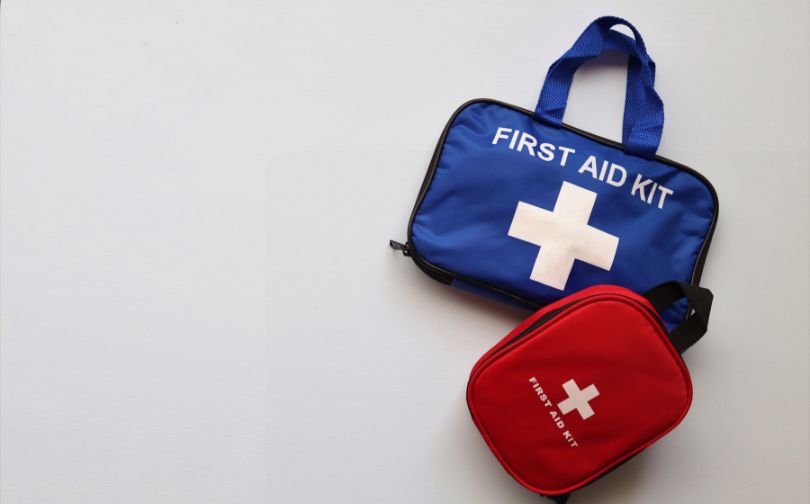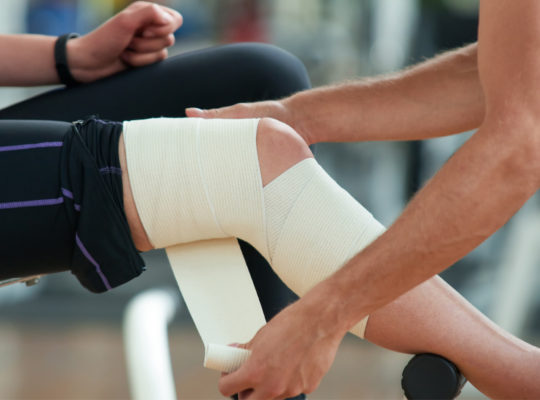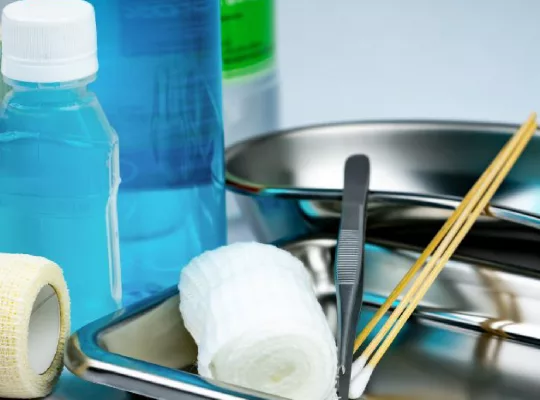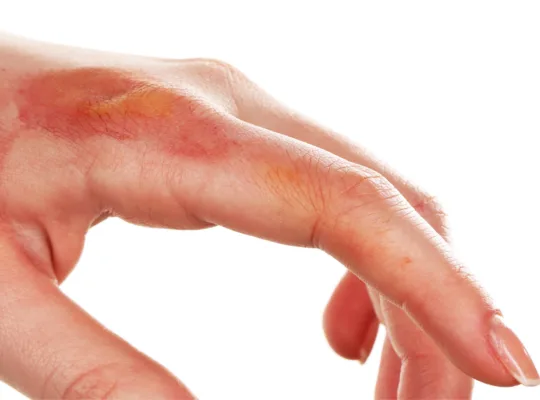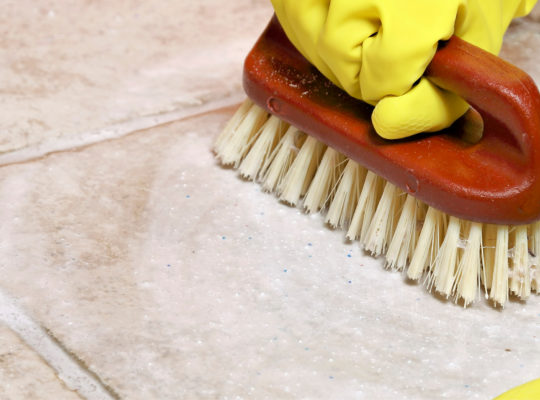A combine pad can be a critical tool in wound care, yet many people find themselves unsure of how to use it properly. Without clear guidance, common issues arise—like improper placement or reduced effectiveness—which can lead to discomfort or even slow healing.
According to health experts, correctly applying a combine pad helps protect the wound while promoting faster recovery. Still, with multiple steps involved, it’s easy to make mistakes that impact the pad’s effectiveness.
This guide will walk you through the correct steps, making sure you avoid common pitfalls. You’ll gain practical tips for using a combine pad that you can apply with confidence.
Let’s get started!
What Is a Combine Pad?
A Combine pad is a large dressing that consists of two parts, an inner layer made of either a single piece of fleece or several layers of cotton, and an outer layer made of a non-woven material that fully covers the inner layer. The outer layer has two ends sealed with a waterproof material, so it almost resembles a candy wrapper. Combine pads are large and very useful for wounds on the abdomen. So, many people call them ABD pads.
What Does a Combine Pad Do?
A combine pad is for heavily bleeding or exuding wounds. The outer layer works to wick moisture and fluids away from the wound and into the inner layer. The sealed ends help prevent the bandage from seeping. The outer layer also forms a barrier that protects the wound from external contaminants.
When Should You Use a Combine Pad
A combine pad should be used on heavily bleeding or exuding wounds. They can be either a primary or secondary dressing. Since combine pads do not have adhesive, they need to be secured by a tape or wrap.
To care for a wound, apply the combine pad directly to the wound and apply pressure. Keep the pressure until the bleeding slows and then secure the pad tightly with tape or an elastic bandage. If the wound is bleeding extremely heavily, apply a different nonadherent dressing and then place the combine dressing on top.
Types of Wounds to Use a Combine Pad on
A combine pad is a great option for stab wounds, gunshot wounds, and wounds that rupture an artery.
A combine pad can handle stab wounds and slice wounds very well because of its large size. If the wound is deep, packing the wound with gauze will be necessary. Packing a wound applies pressure to areas pressure on the surface would not be able to reach and helps begin blood clotting.
For gunshot wounds, packing is always necessary. It is also necessary to look for exit wounds. Depending on the caliber of bullet and area of body struck, the bullet may have travelled completely through. This means you now have two points where the victim is bleeding, and both need to be addressed.
In cases where an artery is ruptured, which can include stab and gunshot wounds, a tourniquet will be necessary. Apply the tourniquet 2-3 inches above the wound and tighten until bleeding stops. If the bleeding does not stop, apply a second tourniquet above the first. Use a combine pad and pack the wound if you can’t get a second tourniquet and the wound is still bleeding. If there is no tourniquet available apply pressure to both the wound and a pressure point to slow bleeding.
What If There’s No Med Kit?
If there is no med kit available, using a clean cloth, towel, rag, or piece of clothing can be used instead of gauze or combine pad. For clothes, as long as the article of clothing isn’t covered in dirt, oil, blood that isn’t the victim’s, or anything else that could cause an infection, it can be used. The only piece of medical equipment that should not be improvised is a tourniquet. Improvised tourniquets will not apply pressure correctly and may not be able to apply the pressure consistently. If a tourniquet is not available, apply pressure directly to the wound and to a pressure point.
What Can You Do Right Now?
Bleeding is the most common controllable cause of death following an injury. Being prepared and properly equipped is the best way to help prevent deaths caused by blood loss. Combine pads, gauze, dressings, and tourniquets are the most effective tools for stopping blood loss. Make sure your med kit is properly stocked with the things you need to prevent blood loss. Taking courses offered by Prevent The Bleed is a great way to get educated and help yourself be prepared if you are ever in a life-threatening situation.
Conclusion
Proper use of a combine pad is essential for wound care, especially when dealing with heavily bleeding injuries. Missteps in application can lead to discomfort or delayed healing, so following correct procedures is vital.
Understanding how a combine pad works is the first step. With its dual-layer design, it effectively absorbs fluids and protects wounds from external contaminants. It’s important to remember that these pads need to be secured with tape or a wrap for maximum effectiveness.
Whether handling a stab wound, gunshot wound, or other serious injuries, knowing when and how to use a combine pad can save lives. Ensure that your med kit is stocked and consider taking training courses to stay prepared for emergency situations.
FAQs
When Should You Use a Combine Pad?
Combine pads are best suited for treating severe wounds with heavy bleeding, such as stab wounds, gunshot wounds, or injuries involving ruptured arteries. They can serve as either a primary or secondary dressing and are often secured with tape or flexible support bandages for effective wound care.
Can Combine Pads Be Used for Minor Wounds?
Combine pads are generally not recommended for minor wounds like small cuts or scrapes. They are specifically designed to manage significant blood loss and are more appropriate for larger or more serious injuries that require substantial absorption and protection.
Are Combine Pads Sterile?
Yes, combine pads are typically sterile, preventing contamination during wound care. They are packaged in a way that allows them to be applied without directly touching the pad, maintaining their sterility and ensuring that the wound remains clean and protected.
How Do Combine Pads Help in Wound Care?
Combine pads are effective in wound care by absorbing excess fluids and wicking moisture away from the wound. This keeps the wound dry, reduces the risk of infection, and helps create an environment that promotes faster and cleaner healing, while protecting the area from external contaminants.

